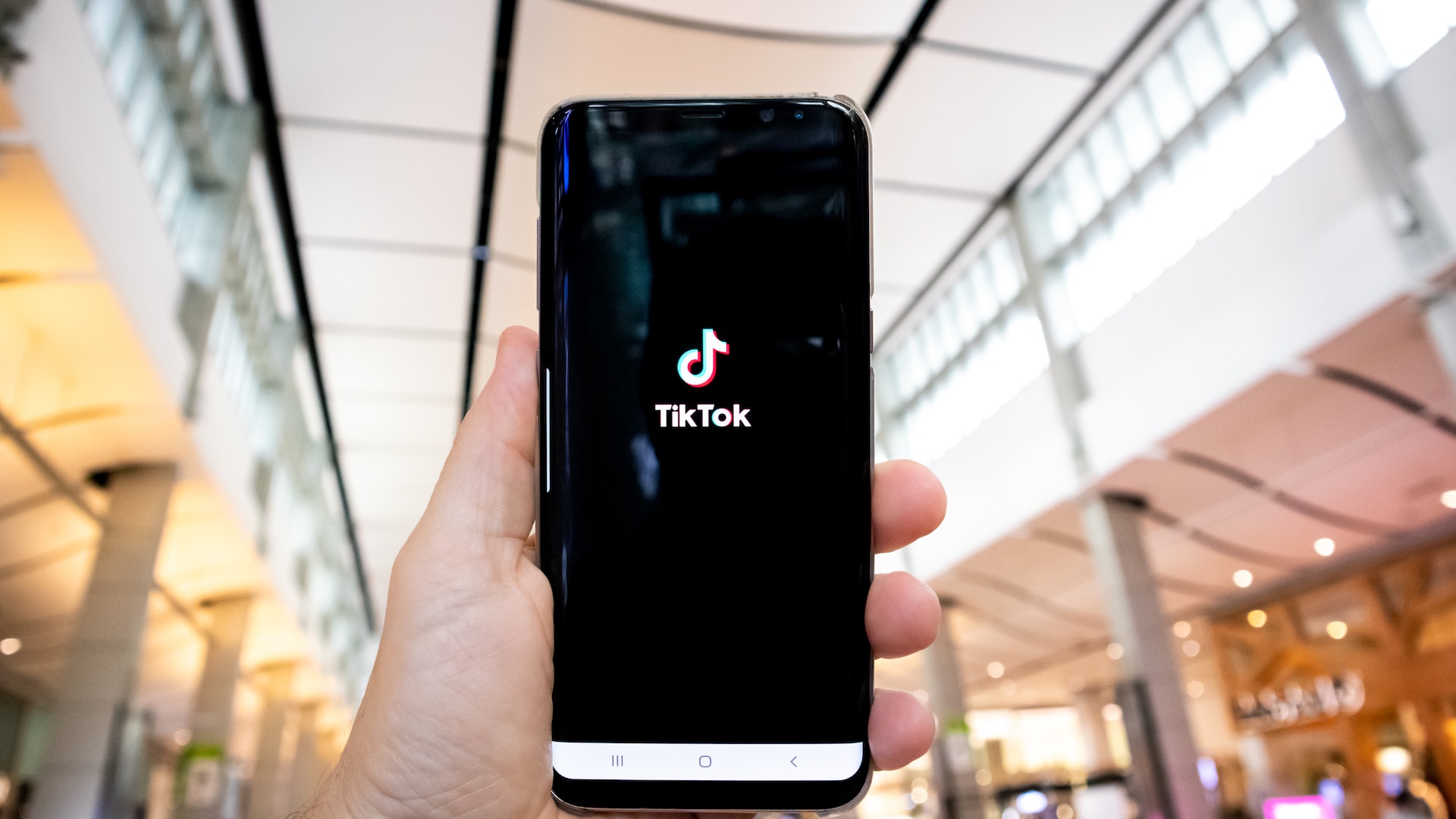
Website visitors can be a tough crowd. In an era of adblock, 280 characters and fleeting attention spans, hotels are fighting against the odds to capture the imagination of potential guests online.
NB: This is an article from Triptease
While powerful tools such as retargeting and on-site messaging can be used to help improve website conversion rates, simply having these in place is only the first step. Next, you need to ensure users are actually interacting with your content.
So how do you get your potential guests clicking?
User behavior at its most basic is predictable. There are proven ways of ensuring that you have the best chance of getting a user to click on your links, images and advertisements. Across the millions of sessions on thousands of hotel websites we track each day, we’ve identified the ten best practices that will help dramatically improve your content’s click-through rate.
1. Show guests the right message at the right time
We’re going to kick off this list with the philosophy that should be guiding not only hotels, but anyone trying to ply their trade on the internet in 2019: know your audience. Having content that’s meant to be serving everyone will just end up appealing to no-one. Personalization and audience segmentation has been proven time and time again to work for businesses of all sizes – from helping small hotel groups achieve a 16% conversion uplift, to increasing ‘ad recall’ by 74% for a campaign from electronics giant Philips.
However, truly effective personalization requires the use of data from across the guest’s entire booking journey. From their very first search all the way through to when they walk out of your hotel doors after a relaxing, luxurious and unforgettable stay, you need to be making the most of your guest data to not only show them targeted messages and advertisements, but also to inform your approach to similar guests in the future.
2. Use unique, dynamically-changing content in real-time
Online travel is constantly changing. For hotels, things are no longer changing on a daily basis – auctions, reviews and rates require hour-by-hour, minute-by-minute and even second-by-second monitoring. Trying to stay in the game by manually updating content and ads as circumstances change is an impossible task, even for the largest hotel chains.
Leveraging data to create dynamically-changing content not only allows your hotel to keep up with the fast-paced nature of digital marketing, but also gives guests more confidence in the information you’re showing – greatly enhancing the chances of them wanting to take a closer look. Pricing data is the most effective way of accomplishing this, and live prices within an ad have a far greater click-through rate than a more generic alternative. Even better – imagine being able to show live price comparison within an ad to a user who’s just left your website to look at other distributors.

In their experiments with dynamic content, Google increased ROI by showing live sports highlights in ads; hotels could use memorable video content and pricing data to do the same.
3. Answer potential guest objections or concerns
No hotel is perfect – and even if a flawless utopian paradise did exist, there would inevitably be a few guests who would find something to complain about. While this may not always be a pleasant experience, these hard-to-please humans could play a key role in attracting even more guests than ever before. By being aware of any objections or concerns that users may have during their purchasing journey, you can ensure that your content addresses these to stop potential bookers bouncing. Be sure to have as many places as possible throughout every stage to capture this feedback and act upon it.
You can also flip this concept on its head and see where your competitors are slipping up – and then alter your own content and messaging accordingly. Search on Google, Twitter and other online social media platforms for the likes of “avoid [competitor name]” – if there’s something that is causing a lot of outrage with the public, you can make sure you’re not making the same mistakes, and potentially even get a step ahead of the rest.
4. Show, don’t tell, through creative graphics and photos
A picture paints a thousand words. Regardless of whether this adage is accurate or not, it’s a fact that a significant proportion of guests won’t stick around to read the majority of your website copy. You can use as many rhetorical devices as you want; you can stuff your paragraphs to the brim with luscious, descriptive imagery, but nothing is as effective as that first banner image they’ll see on your website. That’s the one that truly sticks in their mind, even if they’ve gone elsewhere – and it’s here that you need to leave the strongest first impression to secure the click.
Beyond your own website, your choice of images on adverts and listings elsewhere need to be equally effective – and even more versatile to work within a wider variety of environments. For example, you should be monitoring click-through and view-through data for your retargeting adverts to see which images are having an impact, and changing the graphics you use accordingly. Embracing innovative technology is also a way to differentiate yourself and get visitors interacting with your content. Panoramic photos and even VR content are surprisingly cheap and easy to adopt, and can make a dramatic impact on your visibility on certain channels.
5. Catch their eye with engaging animated content
The mere mention of animated content can make marketers around the world shudder with fear. There was a time where it seemed almost every advert was noisy, in-your-face and usually disrupted the browsing experience to some degree – and it’s no surprise that the rise of prominence of these ads coincided with the growth in popularity of adblock software.
However, animation can be an incredibly effective tool if the content is smooth, high-quality and minimalist. It may be a certain aspect of your website you want to highlight, or an advert you want to stand out amidst the ocean of similar banners across the internet, but animation is a fantastic tool for subtly catching the user’s eye. Don’t go overboard, though – and ensure that any relevant call-to-actions are immediately obvious and clear from the start, or animated images may end up having a detrimental effect on your click-through rate instead. Whatever route you go down, the key is to constantly test, iterate and improve until you see results you’re satisfied with.
6. Ensure your content is responsive and accessible
The number of smartphone users is set to grow to an astonishing 3.8 billion by 2021, yet mobile still isn’t being taken seriously by some hoteliers chasing metrics such as ROAS and ROI. Despite these impressive adoption statistics, it’s true that the majority of hotel rooms are booked on desktop browsers – but your mobile channel is potentially the most important of all. The majority of research is completed on mobile devices, and Google recently found that 23% of desktop conversions are driven directly from clicking on mobile ads. Smartphone users simply can’t be ignored.
Every single piece of content you produce, no matter its point, place or purpose, must be responsive and accessible to all users. This is only going to grow as mobile devices start to replace more traditional computers, but beyond all metrics, it’s clear that smartphone browsers play a crucial role during a guest’s booking journey. Not only will visitors not click on content if it’s not made for mobile, but it’ll likely cause them to leave and look elsewhere for better options.

Your website needs to work for the vast array of devices, resolutions and browsers – the booking journey is no longer a linear process on one computer. (Source: smallbiztrends)
7. Be careful not to overwhelm them with the same message…
We know how repetition can be a powerful tool when it comes to remembering and recalling retargeting ads, but it can also be incredibly useful across your entire digital presence. Condensing your message down to a couple of core points that you need your visitors to remember and repeating them across your channels is effective – but there’s a fine line between engaging and outright annoying.
While we’ve explored what the ‘effective frequency’ of an advert could potentially be, the best way to avoid tipping over the saturation point is to continuously test and monitor what’s working and what isn’t. Marketing gurus claim anything from three to 20 individual exposures before a user acts on what they’ve seen, but in reality there isn’t a set number – all touchpoints are different, and your hotel may find certain channels are more effective for conveying a specific message.
8. …but don’t overwhelm them by saying too much.
With most users sticking around for only 15 seconds before leaving a website, it’s tempting to try and fit as much content onto your hotel website as possible. This is normally in the form of sprawling copy on your homepage – and while this author can totally empathize with getting carried away when it comes to writing, longform copy just isn’t effective in the context of a hotel website homepage. Humans are lazy, and even the most engaged visitors may only read around 30% of your copy on a page. On the other hand, 80% of people will watch a video.
Even beyond the medium that your content is shared in, it’s the core message that is the most important part here. Focus solely on the most important concepts you want a visitor to remember if they were only to stay on your site for those fleeting 15 seconds. This may come down to a sentence or two, but this should govern the form your content takes across both your acquisition and conversion strategies. Whether it’s the frequency or complexity of a message, a guest will only click when they’re interested in learning more, and not when they’re completely overwhelmed.

Eastiny Hotels show how focusing on just a single sentence above the fold on their website can be an incredibly effective tool in communicating the group’s core messages.
9. Use social proof and statistics to back up your claims
Why should a guest take your word for your claims? All it takes is one negative hotel experience to make someone cynical of all marketing claims, so your hotel needs the evidence to show why you’re the best and only option within your area. A recent study claimed that 91% of users rely on traveler reviews before booking, and incorporating social proof directly into your own content is a great way of ensuring they don’t need to leave your website to find it.
Even at a more fundamental level, it’s been proven that numbers stand out amongst other types of copy. Whether it’s incorporating pricing into ads or lining your homepage with enticing statistics, numbers are easy to comprehend, stand out from the crowd and give your arguments a sense of legitimacy that words could never hope to achieve on their own.
10. Seal the deal with a strong call-to-action
If taken literally, the call-to-action is what really gets guests clicking – after all, what would they have to click on if it wasn’t there? The call-to-action encompasses the core purpose behind any piece of content: what do you hope to achieve through your homepage, your blog-post or your retargeting ad? Whatever this is, it needs to be reflected in your call-to-action. Don’t be afraid to use them liberally, either – every time you want a user to do something on your website, you need a customized and effective call-to-action for them to click.
The placement, design, copy and text of your call-to-action are all absolutely crucial to accomplishing your ultimate goal. If it’s not immediately visible, obvious and easy to click, people will simply not click. With one test suggesting a single word change of a call-to-action boosted conversions by 38%, it’s clear that even the most minor of details can have a surprisingly dramatic impact on the success of your digital marketing. Start perfecting and testing your CTA from the outset, or risk all your hard work going to waste.



